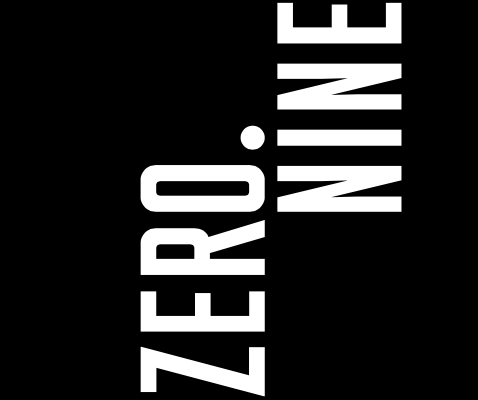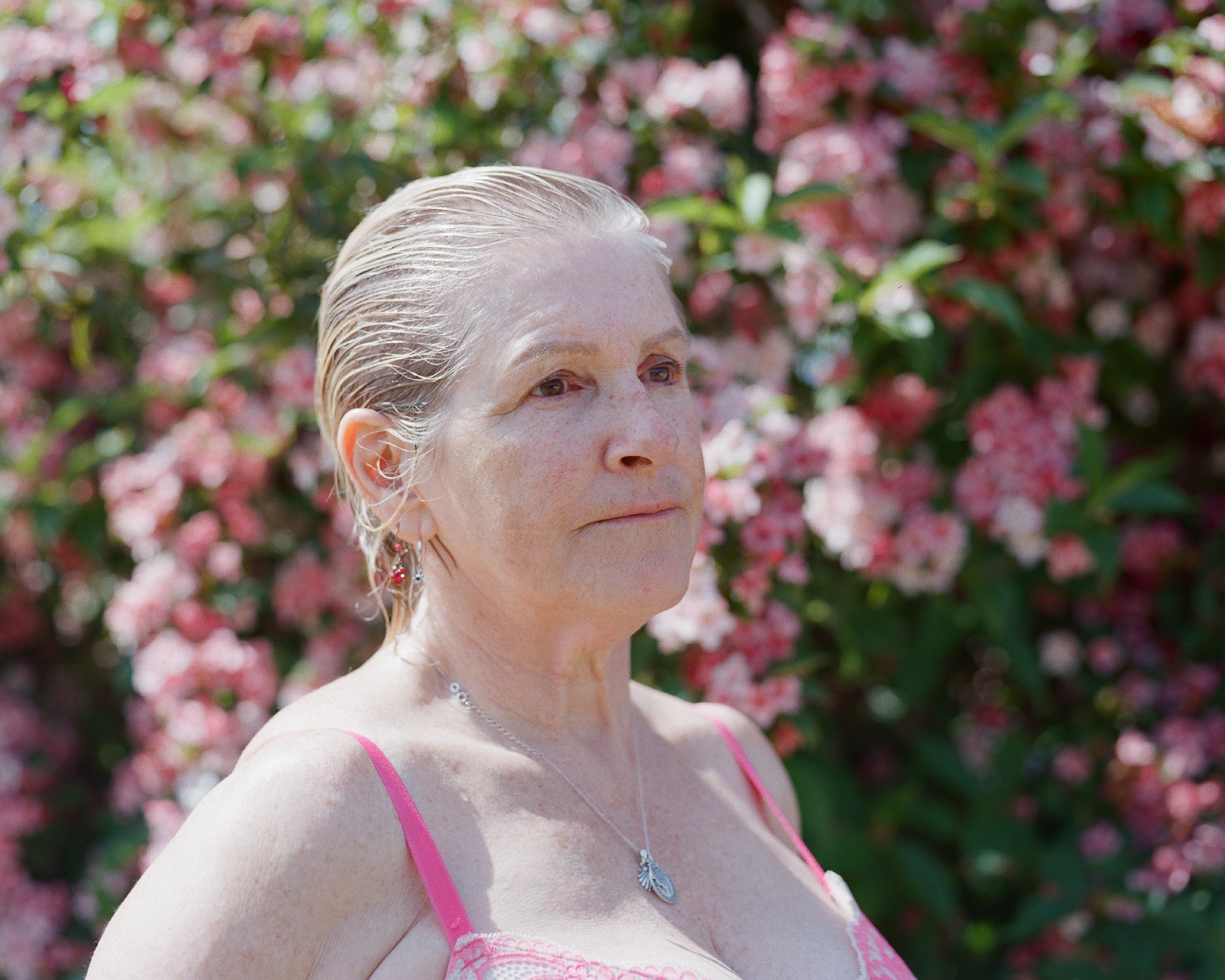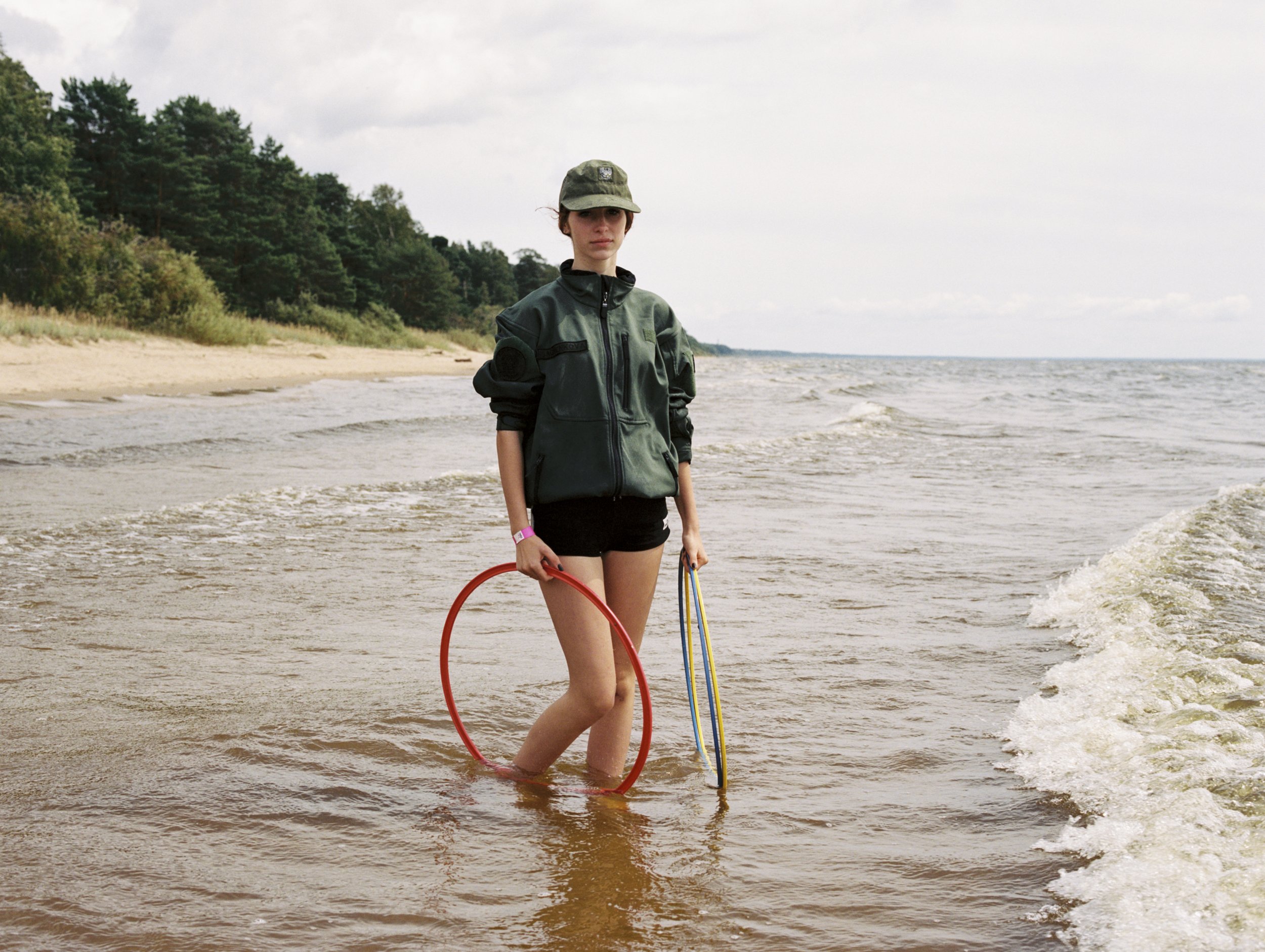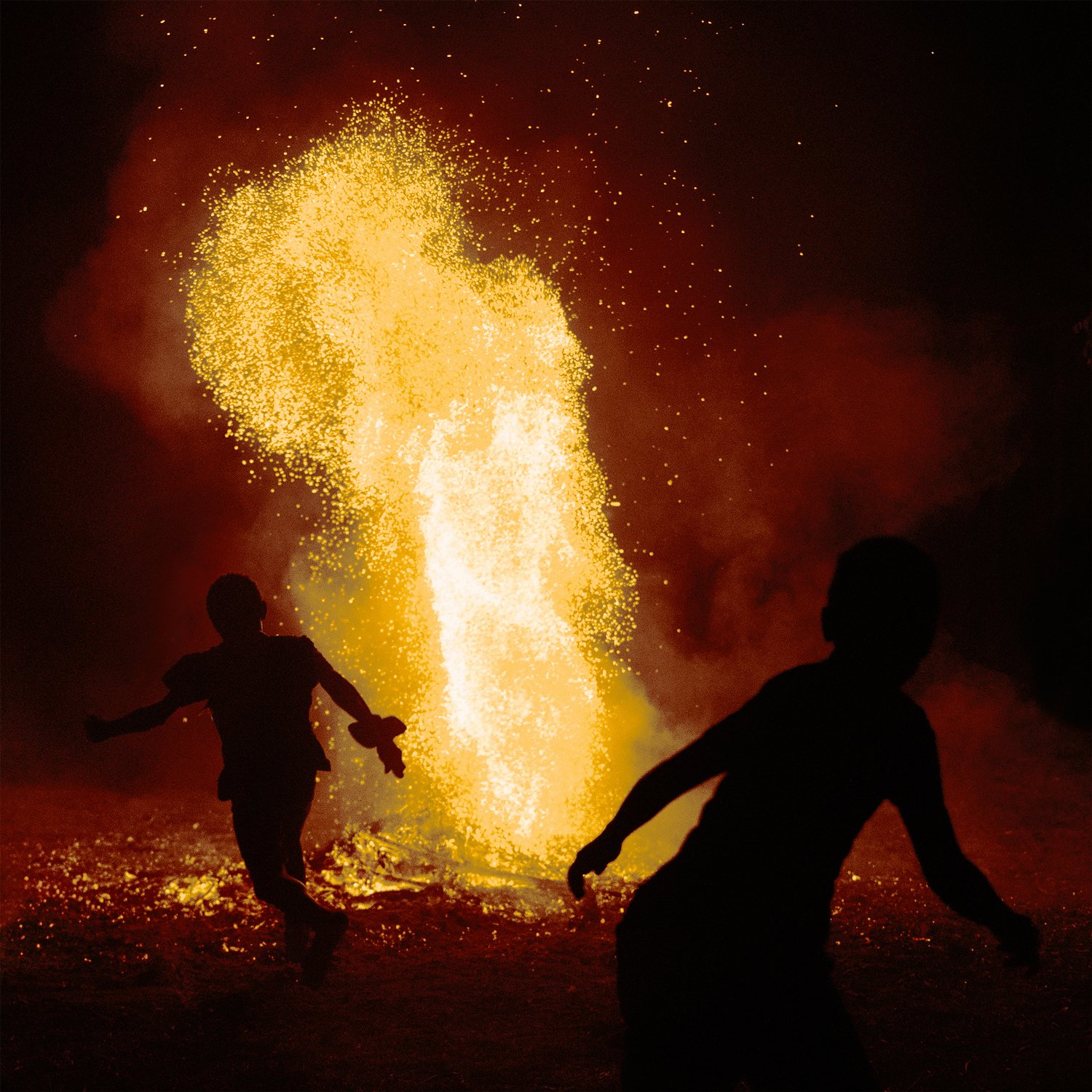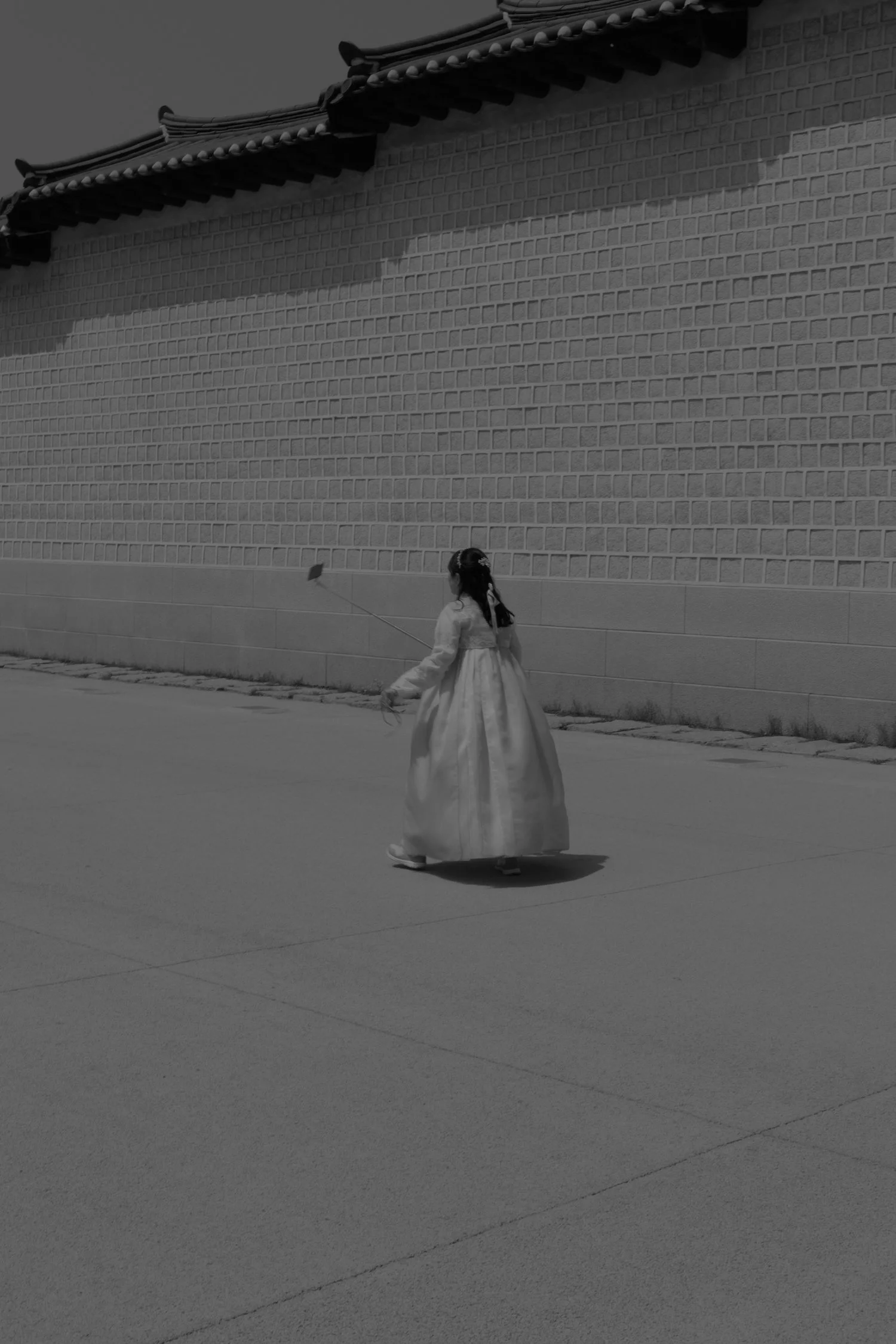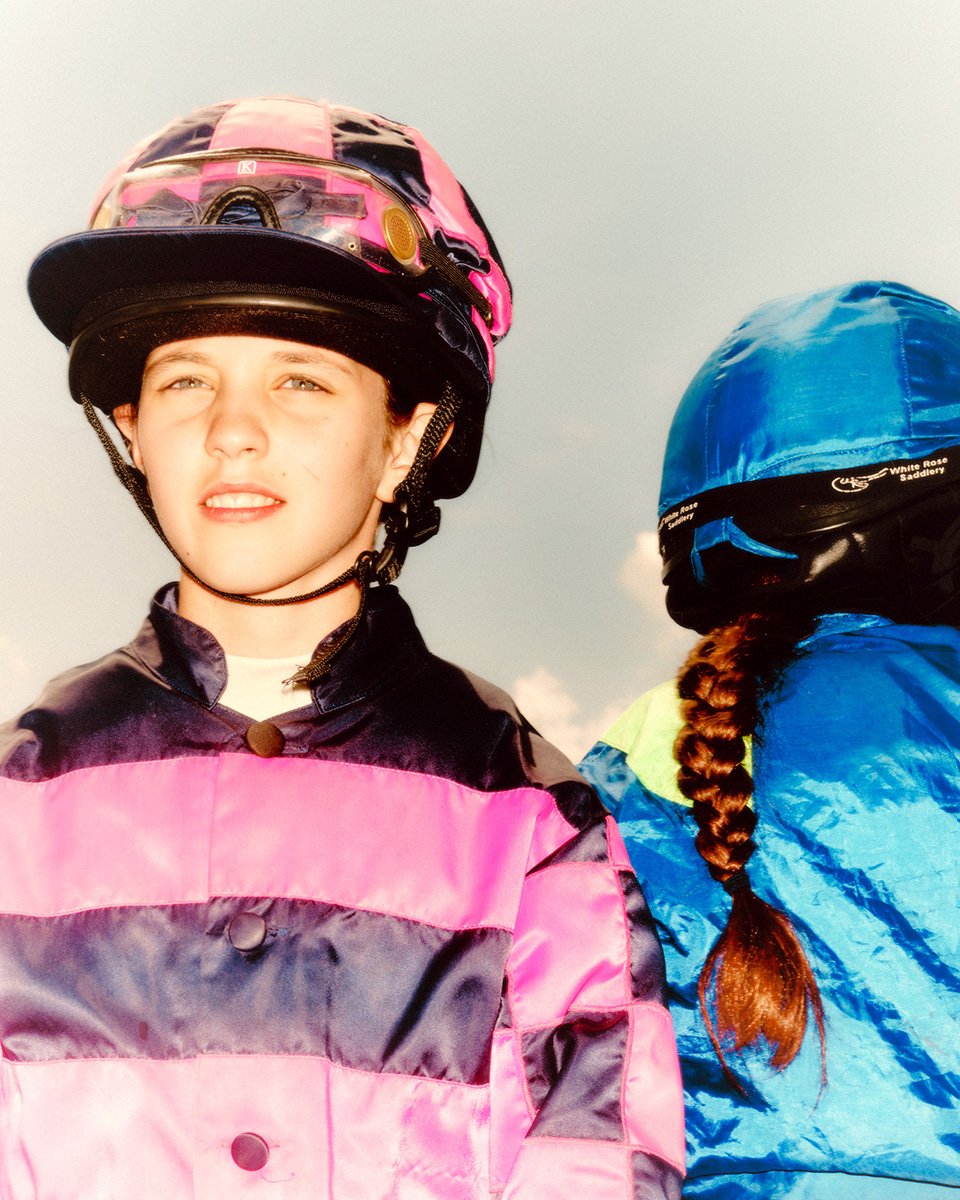ICONS – Imogen Cunningham: Clarity vs Spirit
Imogen Cunningham created some of the clearest images photography has ever seen, dissecting botanicals and people into their most discrete parts. She has a grasp and focus on clarity that’s hardly been replicated over a century later, something that was trained over a primarily scientific education. Yet a large portion of her earlier work seems to completely contradict this sentiment, instead being focused on capturing a dreamlike quality defined by its blurred edges. How does one move so far from the artistic to the almost scientific, and what made Cunningham so good at both?
Words Holly WycheCunningham’s route into photography was fundamentally scientific, removed from any artistic scene. She was born in 1883, at a time when the identity of photography as an art or a science was still uncertain. She was the fifth of ten children, with her first camera being a mail-order purchase bought just prior to studying chemistry at the university of Washington. Her first photo was a nude self-portrait, taken privately on campus two years prior to attending, returning to study chemistry on the advice of a professor. At this time photography was still predominantly a scientific or anthropological endeavour, with her professor advising a scientific background was necessary for any photographer. This sentiment is reflected in both her thesis topic, “the scientific development of photography”, and her first major work assisting the ethnologist Edwin S Curtis on the development of his portrait series “The North American Indian” emphasising her empirical training. Curtis’ work was explicitly scientific, attempting to document Native American life prior to colonisation. His focus on the camera as sociological tool makes Cunningham’s subsequent turn to studying fine arts at the university of Dresden even more fascinating, with this divide between the scientific versus the artistic beginning to bookend the two main phases of her career quite clearly.
Self portrait, 1906
“To worship beauty for its own sake is narrow and one surely cannot derive from it aesthetic pleasure which comes from finding beauty in the commonest things.”
Clare with narcissus, 1910
The Offering, 1912
Roi on the dipsea trail, 1918
Here lies the crux of a lot of her work, in a tension between her first nudes and the later scientific clarity her education brought to photography. This what kept her work consistently relevant through a period where what was valued about photography was still massively up for debate. Her first solo work following “The North American Indian” surprisingly rejects this objectivity and instead engaged intensely with a solely artistic perspective often associated with the Pictorialist movement prolific during her rise. While ill-defined, pictorialism is mainly recognised by an abstraction rather than a representation of reality. Instead of attempting to replicate reality as a lot of the anthropological photography of the time aimed to do, Cunningham and other Pictorialists instead viewed photography as a tool through which to highlight the presence of an abstract quality, like beauty or spirit, within the subject of an image. As a result of this, the visible aspects of Pictorialist work is a dreamlike, blurred quality to the photo. A lot of Cunningham’s early work exemplifies this, with some form of manipulation often being required to produce this dreamy, blurred quality. This is where Cunningham’s scientific education began to seep in as her training in photographic chemistry made her particularly capable at this. Cunningham’s rise to success began here, photographing dreamlike tableaux of her and her friends, often nude.
“One must be able to gain an understanding at short notice and close range of the beauties of character, intellect, and spirit so as to be able to draw out the best qualities and make them show in the outer aspect of the sitter.”
Alternately, Cunningham’s later work is completely absorbed in this scientific perspective, with Cunningham going as far to completely reject the ideology central to her earlier dreamlike work. Her images produced in San Francisco instead aim to isolate and transcribe the exact nature of the subject into a photograph, rather than interpret them. What surprisingly became most fundamentally important to Cunningham was clarity. Her membership in the artist collective F/64 serves as the crystallisation of this philosophy, being formed in Cunningham’s late 30s and marking the end of the Pictorialist portion of her career. F/64 began as a group of burgeoning photographers who shared similar artistic principles, later developing into an invitational society defined by artist’s alignment with the principles set out in the group’s first manifesto, of which Cunningham is named in: “The Group will show no work at any time that does not conform to its standards of pure photography. Pure photography is defined as possessing no qualities of technique, composition or idea, derivative of any other art form.” The name of the group reflects this principle, being named after the smallest size aperture available to artists at the time and used to provide the utmost clarity to the subject of an image.
"The camera should be used for a recording of life, for rendering the very substance and quintessence of the thing itself, whether it be polished steel or palpitating flesh."
Edward Weston, founding member of F/64
Helen, 1928
Calla, approx 1925
Callas 3, 1928
Leaning nude, 1928
In Cunningham’s work, this translated to some of the most striking and stark photos of Botanicals and the human body that are still technologically impressive. This almost empirical perspective reveals underlying geometrical patterns and motifs in the objects themselves that feels more objective than suggestive. Cunningham isn’t necessarily showing us anything particular about the plant, her work as a “selector” over a “printmaker” instead allows us to more clearly see qualities that are latent within said object. While this is a subtle difference in perspective, it is such a fundamental shift from the previous attitudes of her Pictorialist work that is so personal. She has moved from an abstraction of reality to the most accurate representation of the world the camera as a blunt tool could allow. Perhaps an issue lies in this divide between art and science Cunningham has enforced however, with the underlying idea of objectivity this is built on being itself unstable.
Part of F/64’s motivation for the manifesto was the idea that the camera was far more a tool than a medium, able to see without bias because it didn’t project prejudice onto the subject. While a radical idea at the time, it is one that is disproven every day. Even in the most anthropological photography possible personal bias will creep in at every available opportunity, even when attempting to be purely objective. Susan Sontag writes on this in On Photography, writing “Photographs, which cannot themselves explain anything, are inexhaustible invitations to deduction, speculation, and fantasy.” While the explaining power of photography is tempting, is objectivity anywhere near as achievable as Cunningham’s F/64 work aspires it is? The idea of any objectivity in representation is fraught, but Cunningham’s power in swinging between the extremes of the spectrum of clarity and dream shows that she is more capable than anyone else at harnessing either.
Self portrait in 1863 costume, 1909
“My interest in photography has something to do with the aesthetic, and that there should be a little beauty in everything”
A visit to Doctor Sooy, 1973
To find out more about Imogen and see more of her work, please visit the official website of the Imogen Cunningham Trust or follow them on Instagram
